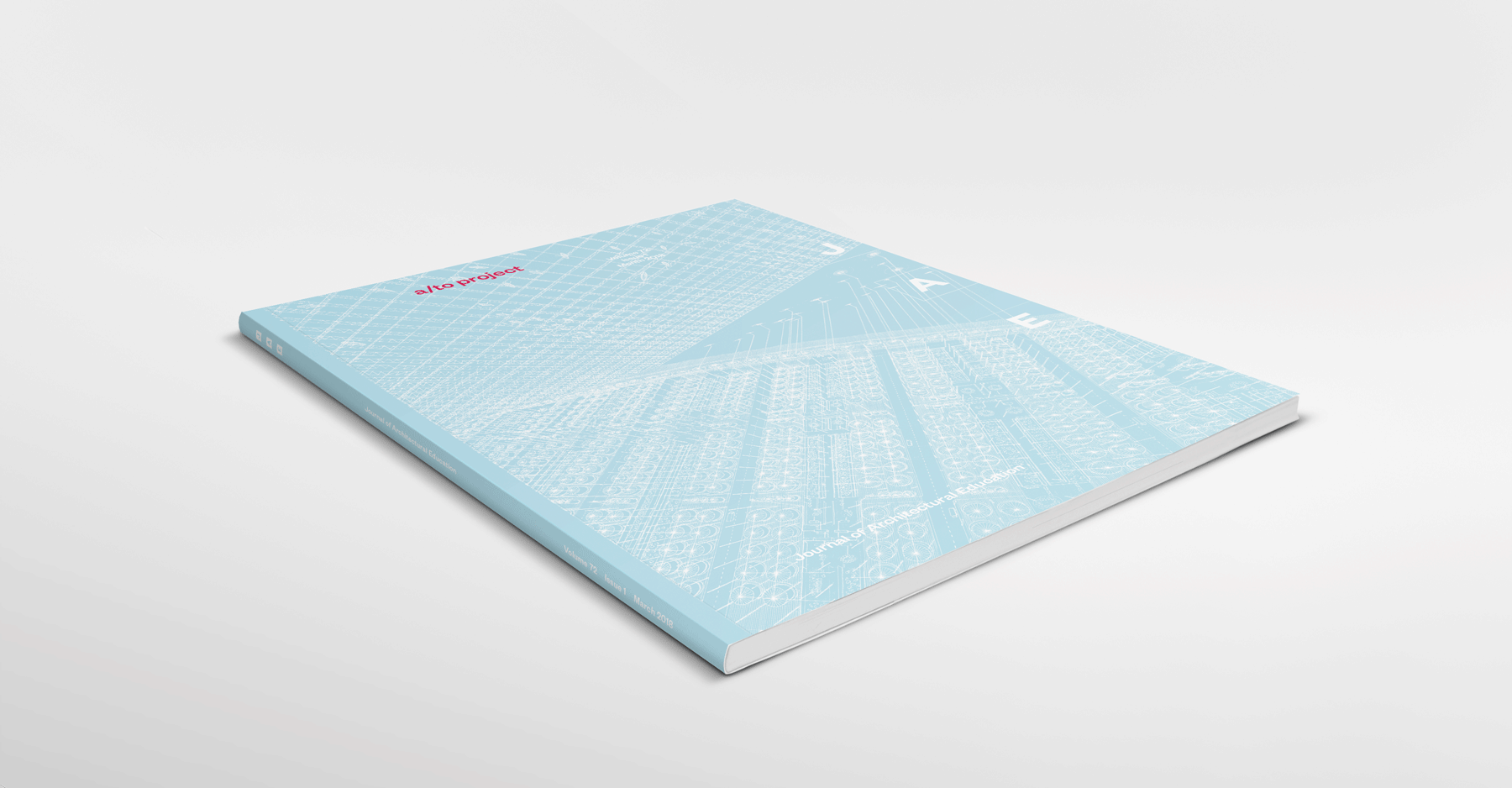
Representations made to conceptualize and represent the ideas of the Estonian design practice KAVAKAVA OÜ are compact. Essential components of diagrams, models, and drawings fit neatly into their spatial expressions. These attributes mirror the built works by the practice, including the contradictions both house. Resourceful and richly layered, restrained yet expressive and open-ended, the practice’s diagrams are deceptively simple encapsulations that are also complex in their embedded awareness and integration of context. The designers’ notations are direct in that they often describe the literal formal and spatial organization of a work of architecture. But it is their capacity to avoid the reductiveness that often arises with distillation, combined with their propensity to activate the myriad influences that surround cultural production, that distinguishes the work.
Continue Reading:






